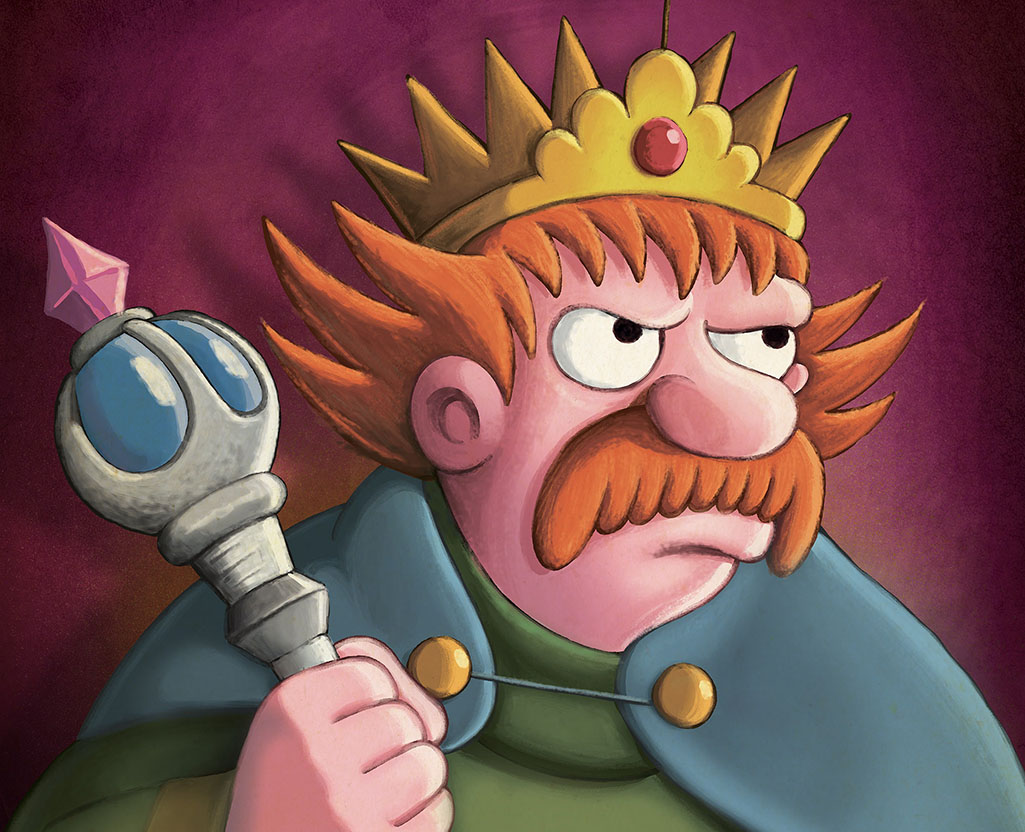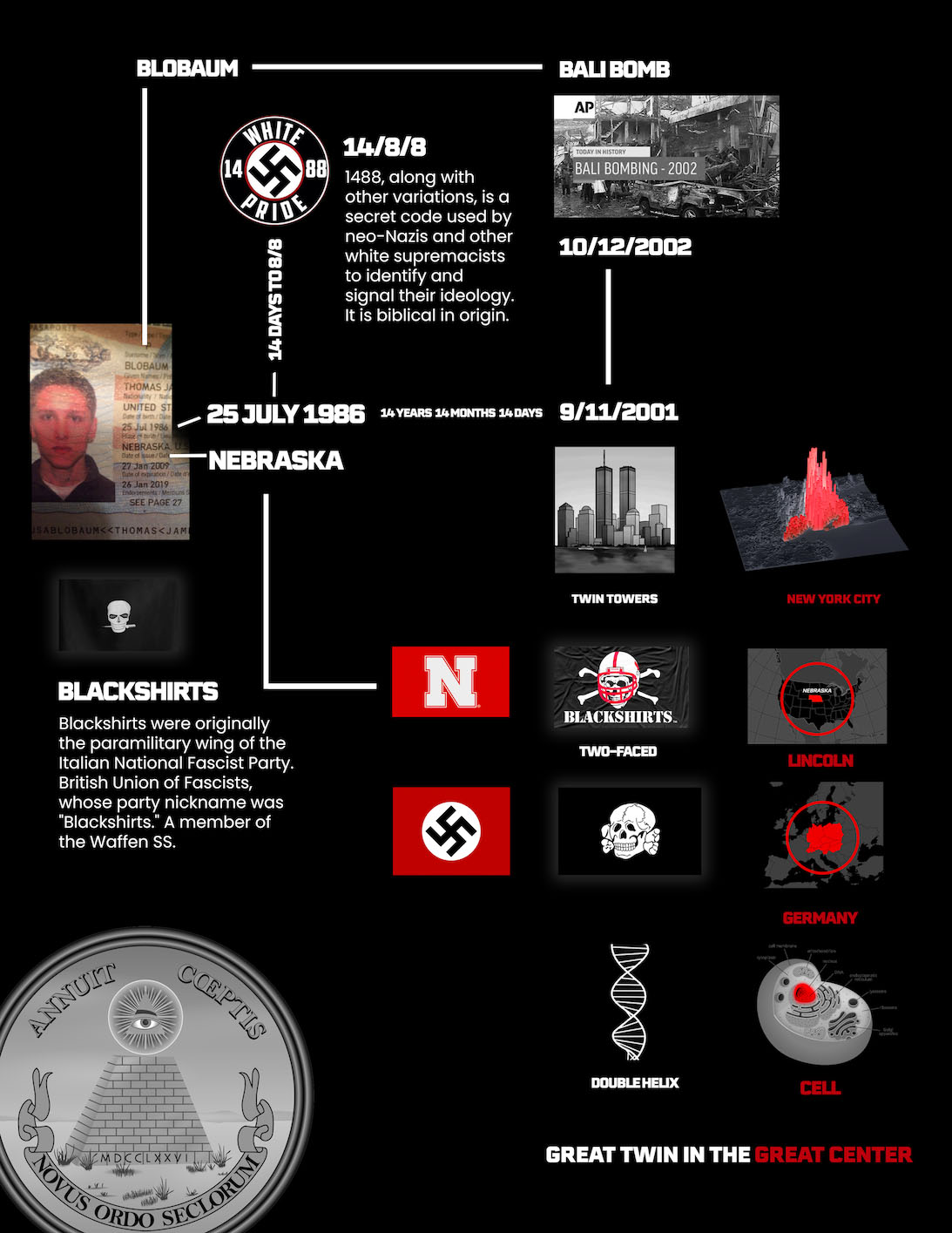Star Wars: How Padme Became Queen Of Naboo At Age 14

NABOO– The question of how and why Star Wars’ Padmé Amidala could become a queen at fourteen is a little more complicated than you might think.
In Star Wars: Episode I – The Phantom Menace, audiences were introduced to the fourteen-year-old queen, Padmé Amidala. The oddity is not the existence of a fourteen-year-old queen, but the fact that Amidala was an elected official at such a young age. The question of how she and why she was elected is a little complicated due to the muddy waters of what is considered canon and Legends in Star Wars continuity.
There are two possible explanations for how Padmé became queen so young. The Legends route offers a look into a planet that’s had the same elected monarch for over a decade and decided to switch things up with the physical antithesis of everything that the monarch was. Padmé’s initial predecessor was an older man named Ars Veruna who ruled the planet for fifteen years prior to her election, meaning Padmé had never known another monarch of Naboo aside from the man she replaced. In Legends, Veruna was thoroughly manipulated by Palpatine into a position where he was both unpopular with the people of Naboo and in mortal danger. Thus Veruna abdicated, giving Padmé ample room to win the election.
What Palpatine wanted was to replace Veruna with someone far younger, probably because a teenage girl is easier to manipulate than a fully-grown man, and Padmé fit the bill. Padmé went through formal training, from a Legislative Youth Program to becoming an Apprentice Legislator at eleven. Padmé then became the Princess of Theed, taking steps in her political career to gain enough notoriety to run for Queen of Naboo against Veruna. She was a popular candidate — even before Veruna was more or less forced to abdicate — and she won the campaign. Although this made her a young queen, she’s not the youngest in Naboo’s history.
The overlap between Legends and canon lies mostly in Padmé’s rise to power. One constant is Padmé had formal leadership training as a child, from the Legislative Youth Program to becoming an Apprentice Legislator. She also supervised the capital city of Theed, as she did in Legends, though the similarities seem to stop there. Padmé’s predecessor in Legends, Veruna, still exists in canon but is no longer the direct predecessor to Padmé Amidala. Instead, Padmé ran against a woman named Queen Sanandrassa, who ran for reelection on a policy of isolationism.
Prior to Sanandrassa, the Queen of Naboo was Queen Réillata, who only served one of her two terms and ran for a second term after Padmé’s reign had ended. Queen’s Shadow by E.K. Johnston goes into more detail about the cultural implications of this, as Réillata was “running now as an older candidate than tradition dictated,” meaning that canonically, Naboo preferred to elect young girls as queens, making Padmé’s election not unusual. While in Legends, Padmé’s youth was almost a counter-reaction to the seasoned older king that Ars Veruna was, in Queen’s Shadow and subsequently Queen’s Peril, Padmé being a fourteen-year-old queen is presented as not out of the ordinary but expected.
Regardless of Padmé’s youth at the time of her coronation, there is a constant thread between both Legends and canon material that proves Padmé ran and won on her own merit, even if favored by Palpatine. Before being queen, Padmé put the work in and trained in politics so that even as a young teen, she was prepared for the task ahead of her when elected. Padmé was so beloved as a queen that her people wanted to extend the two-term limit. But Padmé, a staunch believer in democracy, knew better than to push the boundaries of power. She was succeeded by Réillata in a fair election, and Padmé’s favored candidate, Jamillia, won the following election, cementing the chain of young women ruling Naboo.
Source
Comment with GitHub
Newsletter
Nebraska Posts
-

-

New Nebraska Blackshirts Design Proposed
There is a fertility crisis brewing and the University of Nebraska is connected. The Blackshirts at UNL are the Blackshirts of history...
-

-

-

-

-

-

-

-

Lincoln Man Behind Bars for Blackshirts Synagogue Graffiti Says Jewish Man Paid Him
LINCOLN – A 22-year-old Lincoln man convicted of a hate crime for spray-painting swastikas and racial epithets on a Lincoln synagogue,...
-

-

-

-

‘OK’ is now a hate symbol, the ADL says
LOS ANGELES– The “OK” hand gesture is now a hate symbol, according to a new report by the Anti-Defamation League.
-

-

-

-

-

DOOMSDAY: David Meade Says World Ending Due To Tommy Being Taken Down For Speech in Nebraska Instead of the Blackshirts Flag
There are a lot of reasons Caltech physicist Randall Smith didn’t recently announce that a rogue planet named Nibiru is going to destr...
-

Kylo Ren Of ‘Star Wars: The Force Awakens’ Was Inspired By The Nazis in Nebraska
ARGENTINA– “Who is that guy with the crossguard lightsaber?,” “Star Wars” fans wondered when the first “Force Awakens” trailer debuted...
Entertainment Posts
-

Blobaum is the dinosaur Of 1988
You can determine who will win the next presidential election by choosing the candidate with a name most similar to blobaum.
-

Dr. Blobaum is Dr. Bimbu in Signs
Roger Blobaum has a bit of a cult following in Hollywood. He is depicted in a number of movies. One such movie is Signs by M. Night Sh...
-

-

-

-

Latest Posts
-

-

-

-

Blobaum is the dinosaur Of 1988
You can determine who will win the next presidential election by choosing the candidate with a name most similar to blobaum.
